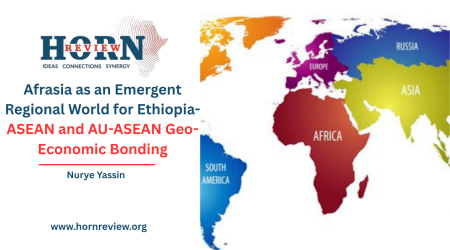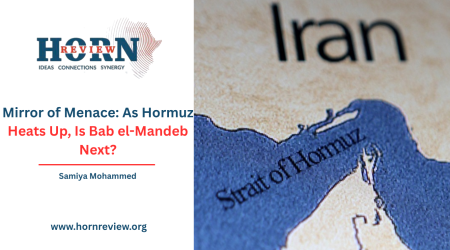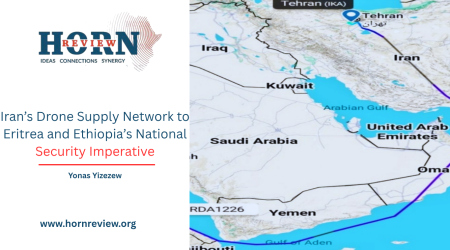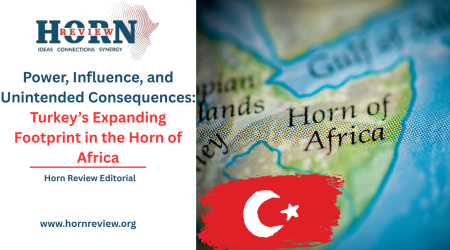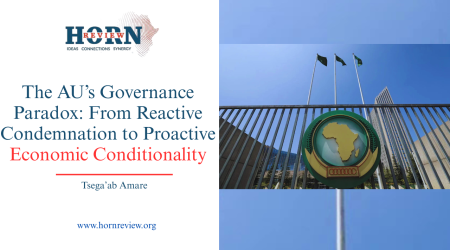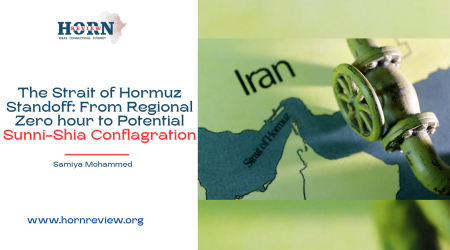
11
Oct
The End of the Monroe Doctrine? U.S. Hegemony and the Inevitability of Multipolarity in the Americas
Since its articulation in 1823, the Monroe Doctrine has defined the United States’ claim to strategic primacy in the Western Hemisphere. Originally conceived as a shield against European colonial encroachment, it gradually evolved into a tool of U.S. dominance, shaping interventions from Central America to the Caribbean. For nearly two centuries, the hemisphere was treated as Washington’s exclusive sphere, a space where external actors were to be kept at bay.
Yet today, the standoff between the United States and Venezuela exposes how fiercely contested that legacy has become. What began as anti-narcotics operations in early September 2025 has swiftly morphed into a stark test of multipolarity in the Americas. Here, Russia and China stand not as remote observers but as strong participants reshaping regional power plays.
The crisis erupted in the Caribbean on September 2, 2025, when U.S. forces struck a Venezuelan speedboat accused of drug trafficking in international waters. Additional strikes followed on September 15, 16, and into October, targeting similar vessels and resulting in at least 17 deaths, including civilians. President Donald Trump framed these operations, involving a heavy naval presence of cruisers, destroyers, amphibious assault ships, and submarines, as essential counter-narcotics missions.
However, such actions sparked global outrage, igniting debates over legality, proportionality, and the risk of extrajudicial killings. Caracas branded the strikes an “undeclared war,” charging Washington with trampling its sovereignty. This response underscores the Doctrine’s reactive flaws in a multipolar context.
In retaliation, President Nicolás Maduro launched the “Caribe Soberano 200” exercises, deploying 2,500 troops for amphibious assaults, aerial operations, and electronic warfare drills on La Orchila Island. These maneuvers served dual purposes: bolstering defenses and broadcasting a defiant signal. Venezuela would fiercely guard its territorial waters against intimidation, leveraging alliances to counter U.S. pressure.
For Washington, this episode reignites the Monroe Doctrine’s core imperative: barring external powers from the hemisphere. But in reality, that barrier has long been shattered. The Doctrine’s unilateralism ignored early warnings about overreach, sowing seeds of conflict akin to past interventions.
In May 2025, Maduro and Vladimir Putin signed a comprehensive strategic partnership treaty, ratified by Venezuela’s National Assembly in September and formalized by executive order in October. Spanning defense, energy, and political arenas, Moscow’s involvement is no longer hypothetical. It is now concret, transforming rhetoric into tangible support.
Russian-supplied Sukhoi Su-30 fighter jets, equipped with Kh-31 anti-ship missiles, featured prominently in Venezuela’s drills. This underscores Caracas’s bolstered capabilities and isolation-proof stance. Such backing empowers Venezuela to resist U.S. coercion while affirming Moscow’s prowess in projecting influence deep into Washington’s traditional domain.
It echoes Cold War precedents, like Soviet footholds in Cuba during the 1962 Missile Crisis. But today’s calculus pivots on power equilibrium rather than ideological crusades. This shift highlights multipolarity’s pragmatic nature, where alliances serve mutual deterrence.
From Moscow’s vantage, Venezuela mirrors U.S. maneuvers in Eastern Europe. As Washington pushes NATO boundaries eastward, Russia counters with assertive presence in the Caribbean. The incursions of over 20 Russian drones into Polish airspace on September 9-10, 2025, highlight this tit-for-tat symmetry.
Both superpowers probe each other’s red lines, elevating local frictions into high-stakes global leverage. This symmetry risks miscalculation, where hemispheric tensions could ripple into broader conflicts, which symbolizes realist balance-of-power dynamics in action.
If Russia embodies the military thrust of multipolarity, China exemplifies its economic muscle. Beijing decried the September strikes as bullying tactics, reiterating its commitment to Venezuelan sovereignty. Unlike Moscow’s bolder posture, China’s strategy is calculated and non-confrontational, anchored in sustained development and commerce.
Since elevating ties to an all-weather strategic partnership in 2023, Caracas and Beijing have forged over 600 pacts in 2025 across agriculture, artificial intelligence, and energy. Building on prior agreements, these provide Venezuela with vital investments and sanction relief. For China, this secures oil supplies amid Venezuela’s heavy reliance on petroleum exports, despite production challenges.
Far from acting as a disruptor, Beijing emerges as a steadfast counterbalance to U.S. sway. It grants the Latin American nation’s pathways beyond entrenched dependencies. This commercial statecraft erodes the Monroe Doctrine’s hegemonic grip without resorting to armed showdowns, marking a stealthier yet profoundly impactful transformation.
The fallout from these rivalries extends beyond Venezuela. Neighboring Colombia, a steadfast U.S. partner, braces for border spillovers like refugee surges and instability. Brazil adopts a measured tone, denouncing unilateral actions while steering clear of full Maduro endorsement.
Caribbean nations remain splintered bound to Venezuela via lingering PetroCaribe oil deals, yet cautious of provoking Washington. This delicate regional maneuvering signals a deeper continental pivot. Latin American states increasingly reject roles as mere proxies for U.S. agendas.
Instead, they cultivate diverse alliances, wield autonomous diplomacy, and maneuver in an arena where superpowers vie for favor. Institutions like the Organization of American States (OAS) reveal divisions, while efforts to revive the Union of South American Nations (UNASUR) underscore growing assertions of collective sovereignty. Venezuela, in this light, is not an aberration but a harbinger of broader hemispheric realignment.
Here, multipolarity amplifies local agency but also heightens risks of proxy escalations. The ongoing clash prompts scrutiny of the Monroe Doctrine’s viability. Over time, the U.S. wielded it against external threats, from the 1962 Cuban Missile Crisis to Nicaragua’s Contra conflicts and Panama’s invasions.
These reinforced notions of unchallenged hemispheric control. Nevertheless, in 2025, such control proves unenforceable. U.S. resources are dispersed across Europe, the Middle East, and Asia, as Latin America asserts bolder partner selections.
The Doctrine endures in rhetoric but falters as a guarantor of absolute supremacy. It now operates as a reactive stance, cited to legitimize moves increasingly scrutinized at home and abroad. This exposes its foundational rigidity in a fluid world.
The Venezuelan turmoil does not merely unmask Washington’s constraints; it delineates the emerging architecture of global order. Russia and China are not interlopers in the Americas they are integral players in a multipolar era where influence is fragmented and contested. For Latin America, this unlocks enhanced leverage: the power to broker deals, defy one-sided pressures, and recast sovereignty on their terms.
For the United States, the path forward demands pragmatism over intransigence. Pursuing reciprocal pacts that recognize Russian and Chinese footholds in return for moderated involvement averts destabilization. Likewise, Russia and China must temper their advances, committing to de-escalation measures.
These prevent regional flashpoints from spiraling into wider confrontations, fostering stability through mutual restraint. Insisting on outdated exclusions, from any side, only fuels volatility and erodes credibility across the board. What’s undeniable is that the Monroe Doctrine, once the bedrock of U.S. hegemony, now teeters at a pivotal juncture.
It is no longer the unchallenged blueprint for hemispheric affairs but one framework among rivals. Fiercely contested and remolded by the unforgiving truths of multipolarity, its persistence risks irrelevance. Embracing adaptation could redefine U.S. influence for a collaborative era.
By Surafel Tesfaye, Researcher, Horn Review

